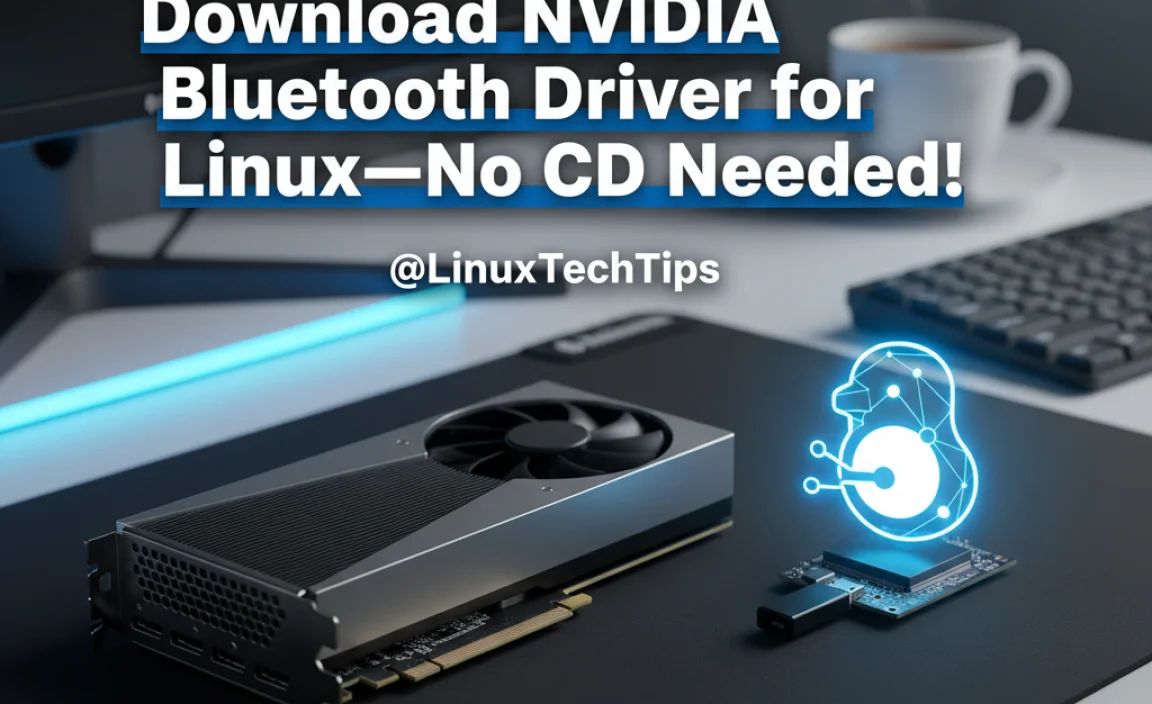Epson Driver Setup Windows 10: Easy Install! Navigating the world of printer installations can sometimes feel like deciphering ancient hieroglyphs, especially when you’re faced with a new operating system. Fortunately, setting up your Epson printer on Windows 10 is a straightforward process, designed to get you printing in no time. With a few simple steps, you can ensure your Epson printer communicates flawlessly with your computer, unlocking its full potential for all your printing needs.
The Essential First Step: Downloading the Correct Driver
The most crucial part of any epson printer driver setup for windows 10 is obtaining the correct driver. Epson provides these essential software packages to bridge the communication gap between your printer hardware and your operating system. Without the right driver, your computer won’t understand how to send print jobs, scan documents, or utilize any of your printer’s advanced features.
To begin, open your preferred web browser and navigate to the official Epson Support website. This is the safest and most reliable place to download drivers, as it guarantees you’re getting legitimate and up-to-date software, free from malware or errors. Once on the Epson website, look for the “Support” or “Downloads” section. You’ll typically find a search bar where you can enter your specific Epson printer model number. This is usually found on the front or top of your printer. Enter the model number accurately, and the website should present you with a list of available downloads.
Next, it’s vital to select the correct operating system. While you’re using Windows 10, ensure you choose the specific version (e.g., Windows 10 64-bit or 32-bit) that matches your system. If you’re unsure, you can usually find this information by right-clicking on “This PC” or “Computer” on your desktop or in File Explorer, and then selecting “Properties.” Under the “System” section, you’ll see your system type. Download the driver package that corresponds to your system.
Preparing for Installation: Pre-Installation Checks
Before you dive headfirst into the installation, a few quick checks can prevent potential hiccups. Ensure your Epson printer is powered on and connected to your computer. Depending on your printer model, this connection can be via USB cable or a wireless network. If you’re using a USB connection, make sure the cable is securely plugged into both the printer and your computer’s USB port. For wireless connections, confirm your printer is connected to the same Wi-Fi network as your Windows 10 computer.
It’s also a good practice to temporarily disable any antivirus or firewall software you might have running. While these programs are essential for security, they can sometimes interfere with driver installations by mistakenly identifying the driver files as a threat. Remember to re-enable them once the installation is complete.
Executing the Epson Driver Setup for Windows 10
Once you’ve downloaded the driver and performed the pre-installation checks, you’re ready to begin the actual epson printer driver setup for windows 10. Locate the downloaded driver file, which is usually an executable (.exe) file. Double-click on it to launch the installation wizard.
The Epson installer is typically user-friendly and will guide you through each step. You’ll likely be presented with a license agreement; read through it and accept the terms to proceed. The wizard will then prompt you to choose the connection type. Select whether your printer is connected via USB or a network (wireless or wired Ethernet).
If you’ve chosen a USB connection, the installer might ask you to connect the USB cable at a specific point in the process. Follow the on-screen instructions carefully. For network connections, the installer may scan your network for available Epson printers. If your printer is detected, select it from the list. If not, you might need to manually enter your printer’s IP address, which can usually be found in your printer’s network settings menu (accessible through its control panel).
Confirm the installation options and let the wizard complete the installation process. This can take a few minutes as it copies files and configures your printer on your system.
Post-Installation: Testing and Troubleshooting
After the driver installation is finished, it’s essential to test your printer to ensure everything is working correctly. You can usually find an option within the installer to print a test page. Alternatively, you can open a document in any application (like Microsoft Word or Notepad), go to “File” > “Print,” select your newly installed Epson printer, and click “Print.”
If you encounter any issues, don’t panic. Most common problems are easily resolved.
Common Troubleshooting Tips
Printer not detected: Double-check your USB cable connections or ensure your printer and computer are on the same network. Restart your printer and computer.
Print jobs stuck in queue: Sometimes, simply restarting the print spooler service can help. You can access this by typing “Services” in the Windows search bar, finding “Print Spooler,” right-clicking it, and selecting “Restart.”
Incorrect output: Ensure you’ve selected the correct printer from the print dialog. You might also need to check the printer properties for specific settings related to paper size, quality, or color.
Driver conflicts: If you’ve previously installed drivers for another Epson printer or a different brand, they might be conflicting. Uninstalling any old printer drivers before installing the new one can resolve this.
By following these detailed instructions for your epson printer driver setup for windows 10, you can confidently install your printer and enjoy seamless printing. Remember to always refer to your printer’s specific manual for any unique instructions for your model.


